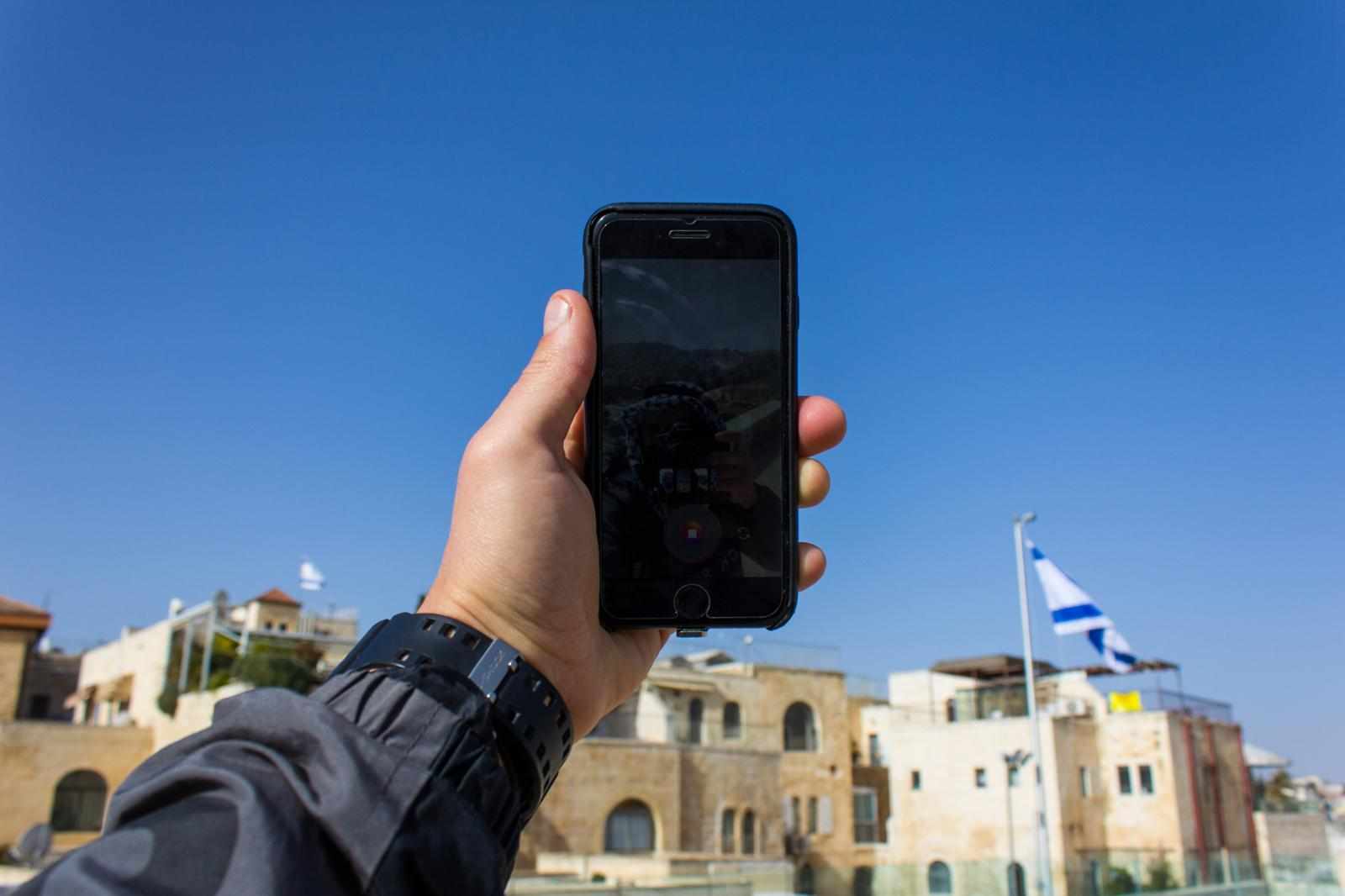
Israel may be small on the map, but it’s packed with contrasts—ancient cities, quiet deserts, green hills, modern skylines, and beaches that make you forget you’re only a short drive from centuries-old ruins. It’s the kind of place where you can wander Roman streets in the morning, float in the Dead Sea by noon, and watch a Mediterranean sunset by evening.
If you’re planning a trip and want to see the country’s beauty in all its forms, don’t forget to check the entry requirements and secure your Israel eVisa Online advance. With your travel permit sorted, here are ten of the most breathtaking spots worth putting on your list.

Do You Need an eVisa to Travel to Israel for Tourism?
Whether or not you need an Israel eVisa depends on your nationality. Citizens of many countries, including the US, UK, Canada, and most EU nations, can visit Israel without a visa for short stays (usually up to 90 days) for tourism purposes. In these cases, you just need a valid passport (at least 6 months validity beyond your stay), proof of return or onward travel, and sometimes evidence of sufficient funds or accommodation.

However, travelers from countries that are not visa-exempt must apply for Israel Tourist eVisa before traveling. The eVisa is the easiest option because it can be applied for online without visiting an embassy.
1. Jerusalem’s Old City
Few places in the world carry the same weight as Jerusalem. The Old City is a maze of narrow stone streets, markets, and religious landmarks. Within a short walk, you can see the Western Wall, the Church of the Holy Sepulchre, and the Dome of the Rock.
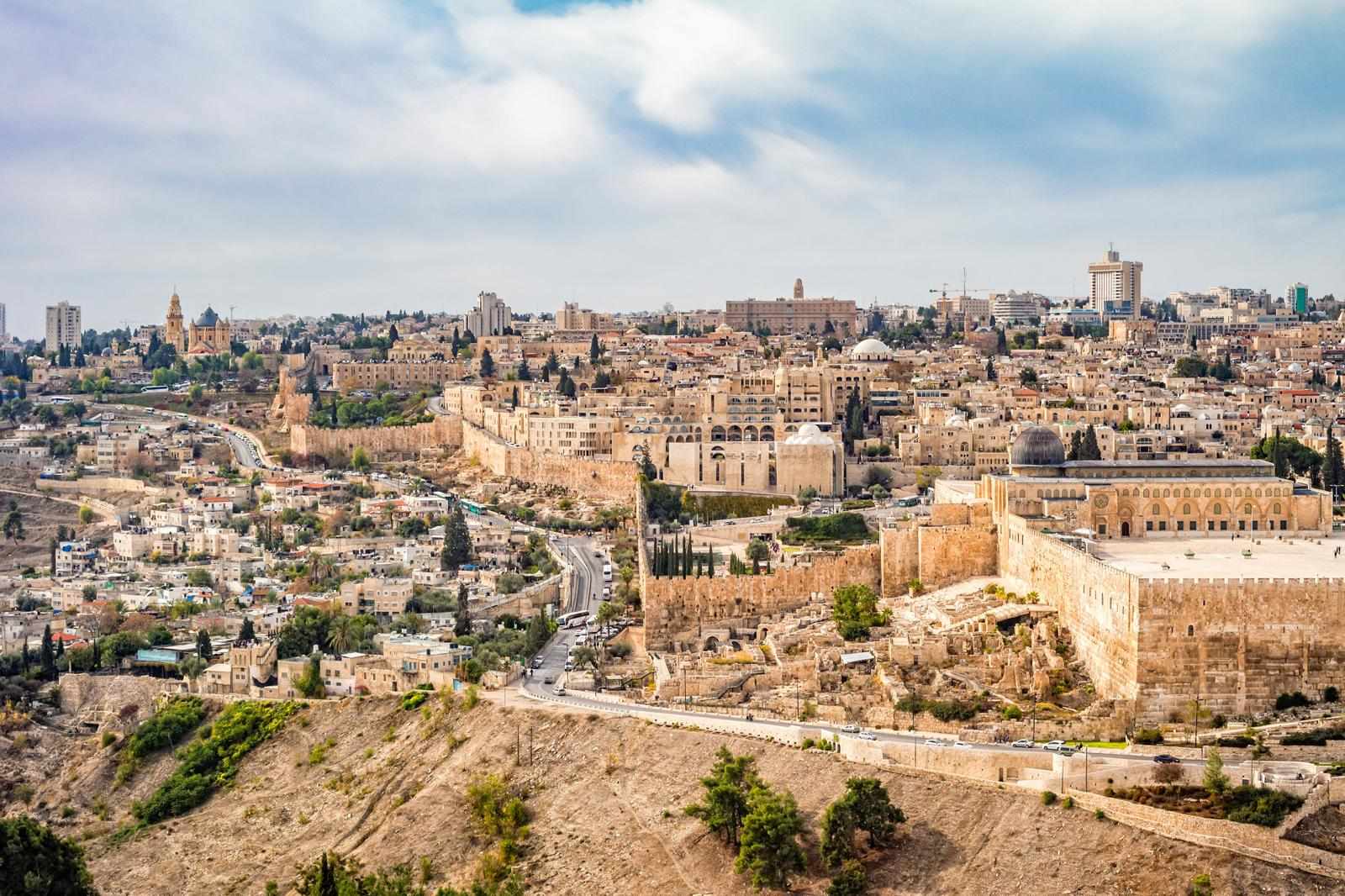
But beyond the history, there’s something about the golden stone glowing in the evening light, the smell of spices in the souks, and the mix of voices and prayers rising together. It’s busy, chaotic, and beautiful all at once.
2. Tel Aviv’s Beaches
On the flip side, Tel Aviv is young, lively, and modern. The stretch of Mediterranean coastline here feels endless—wide sandy beaches, volleyball courts, joggers on the promenade, and sunsets that stop everyone in their tracks.
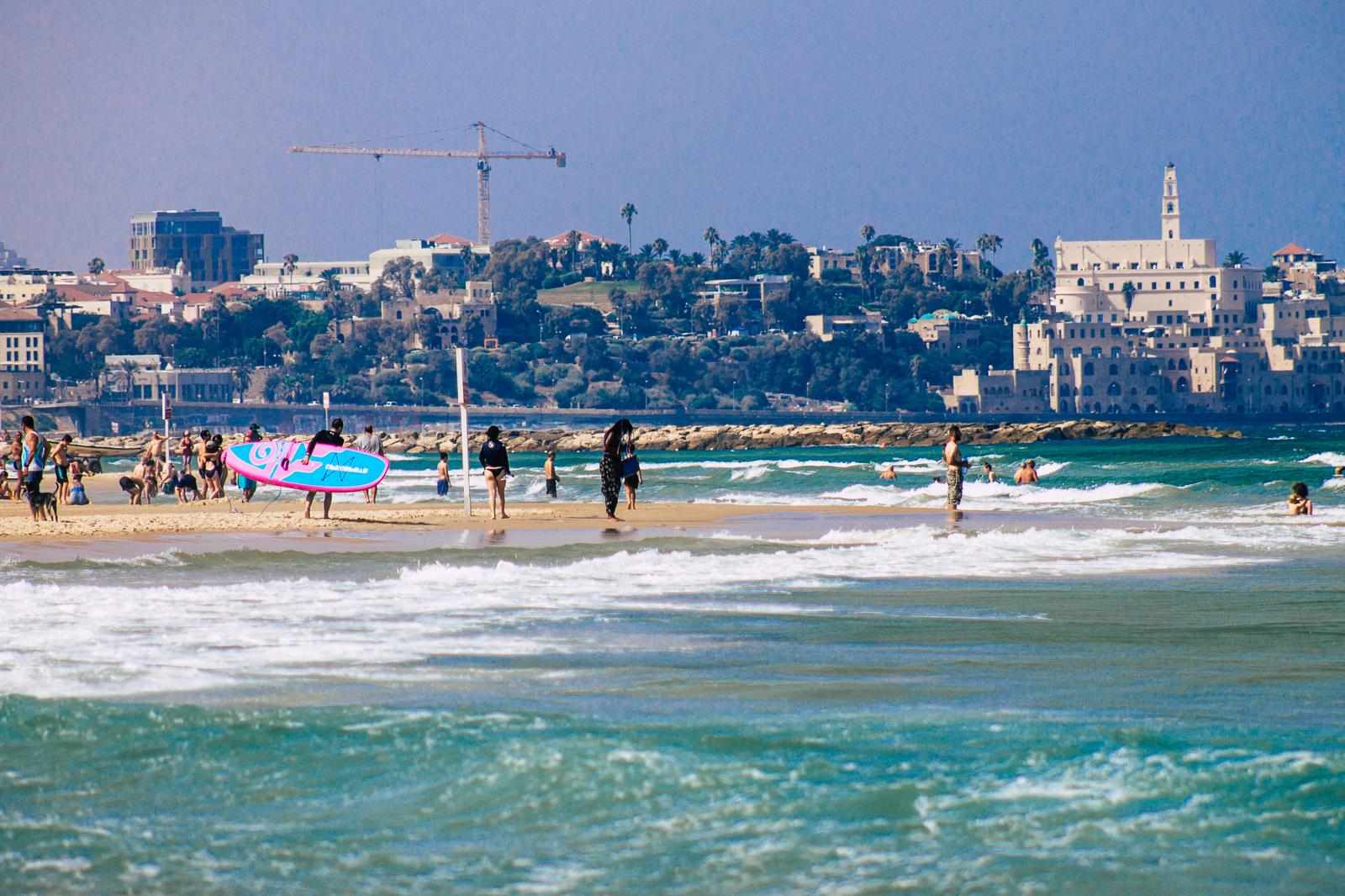
Each beach has its own vibe: Gordon Beach is lively, Hilton Beach is popular with surfers, while families spread out at Alma Beach. And when the sun sets, the city’s nightlife picks up right behind the sand.
3. The Dead Sea
The lowest point on Earth feels like another planet. The Dead Sea’s bright blue water shimmers against the desert mountains, and because it’s so salty, you literally float without effort.
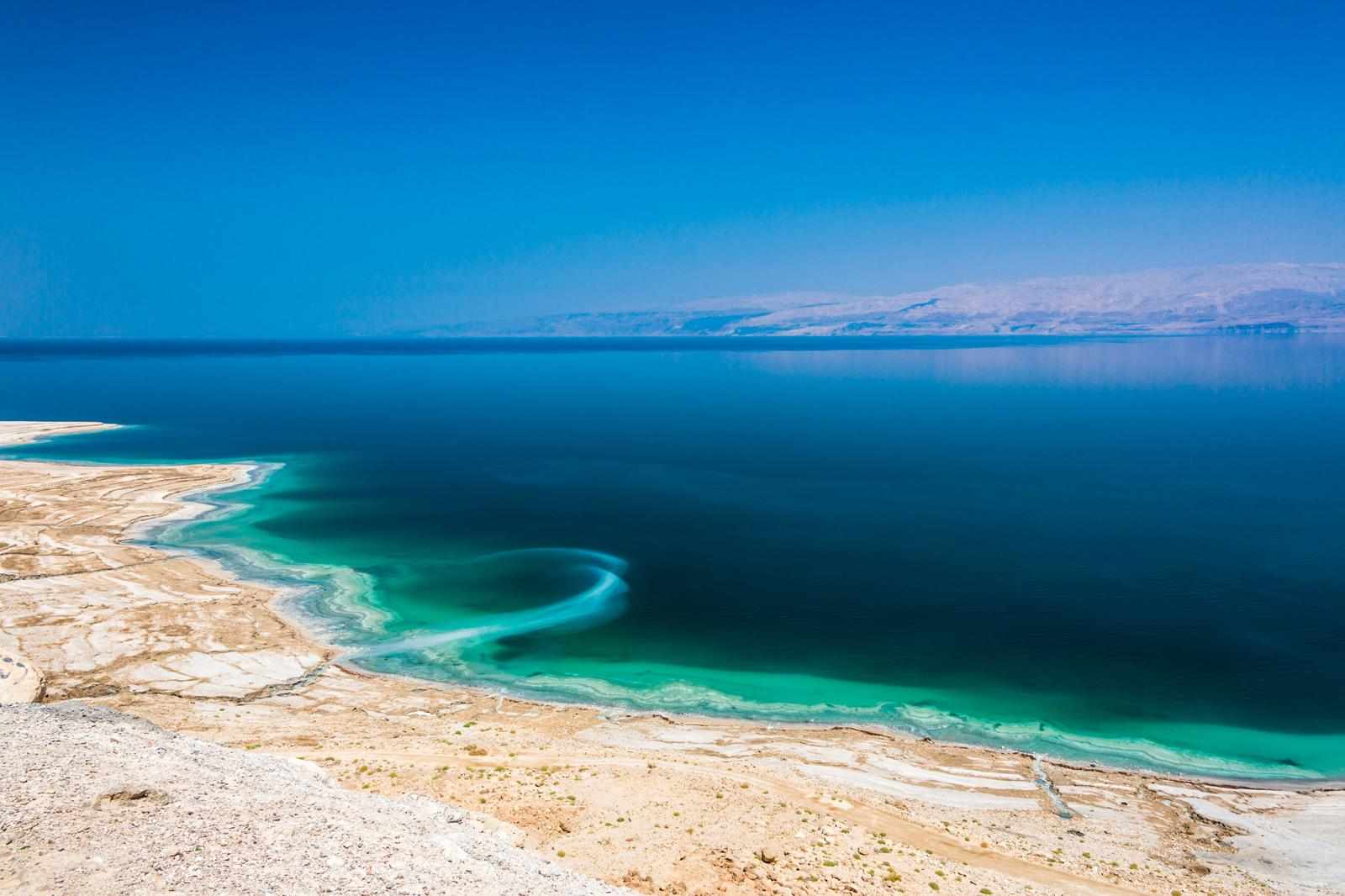
People come for the minerals and the mud, but the scenery itself is unforgettable. Arrive early in the morning or near sunset, and the whole area glows in soft colors. It’s harsh and surreal at the same time—definitely one of Israel’s most unique natural wonders.
4. Masada
Rising above the Judean Desert, Masada is both a historical site and a natural lookout. You can hike up the Snake Path before sunrise (or take the cable car if you prefer less sweat) and watch the first light spread across the desert and the Dead Sea below.
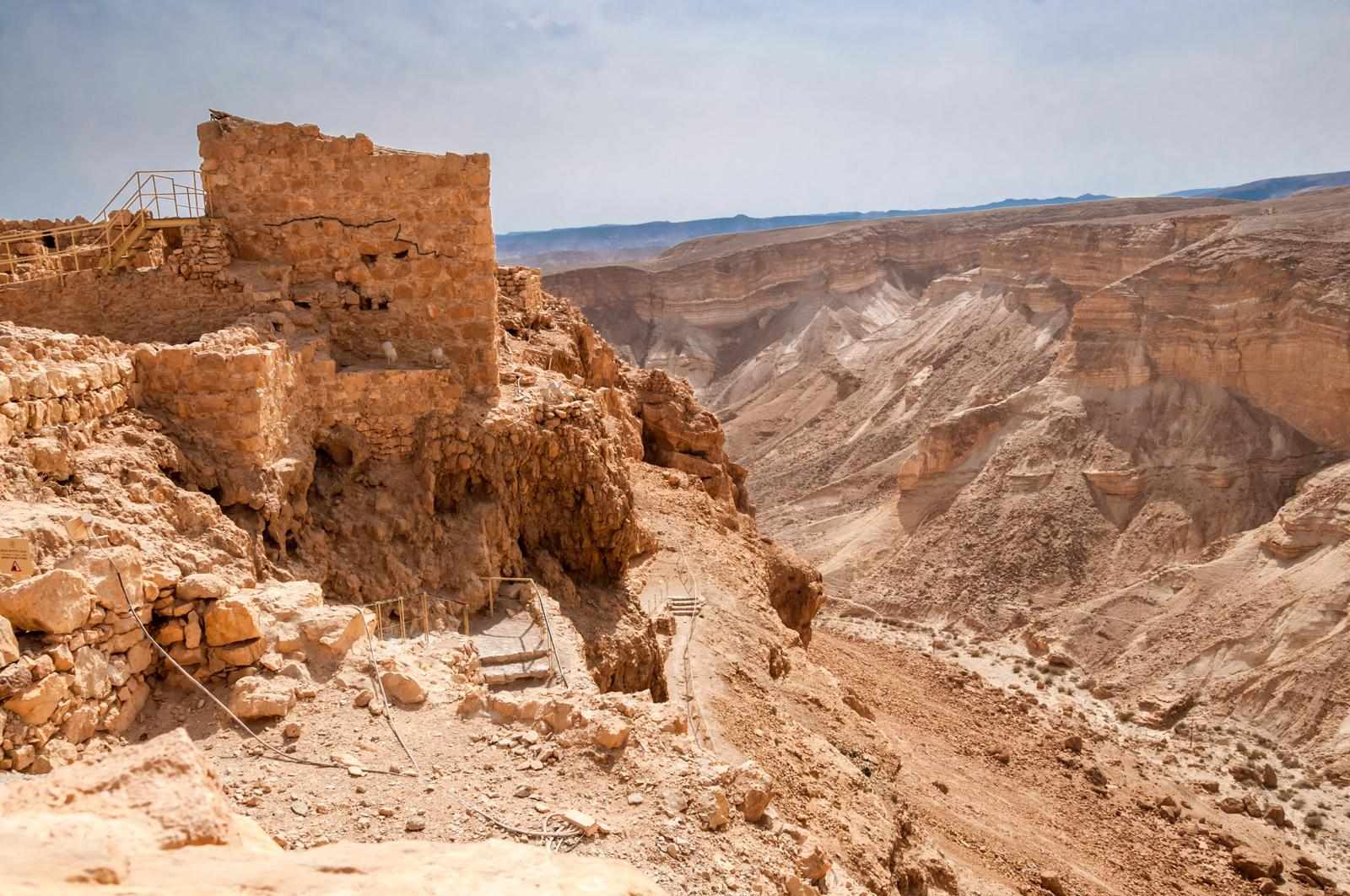
The ruins at the top tell a dramatic story of resilience, but even without the history, the views are worth the climb. It’s one of those places where landscape and legend blend perfectly.
5. The Sea of Galilee (Kinneret)
Surrounded by hills and dotted with fishing villages, the Sea of Galilee has a calm, reflective beauty. It’s also central to Christian history, but you don’t need to be religious to appreciate the peaceful setting.
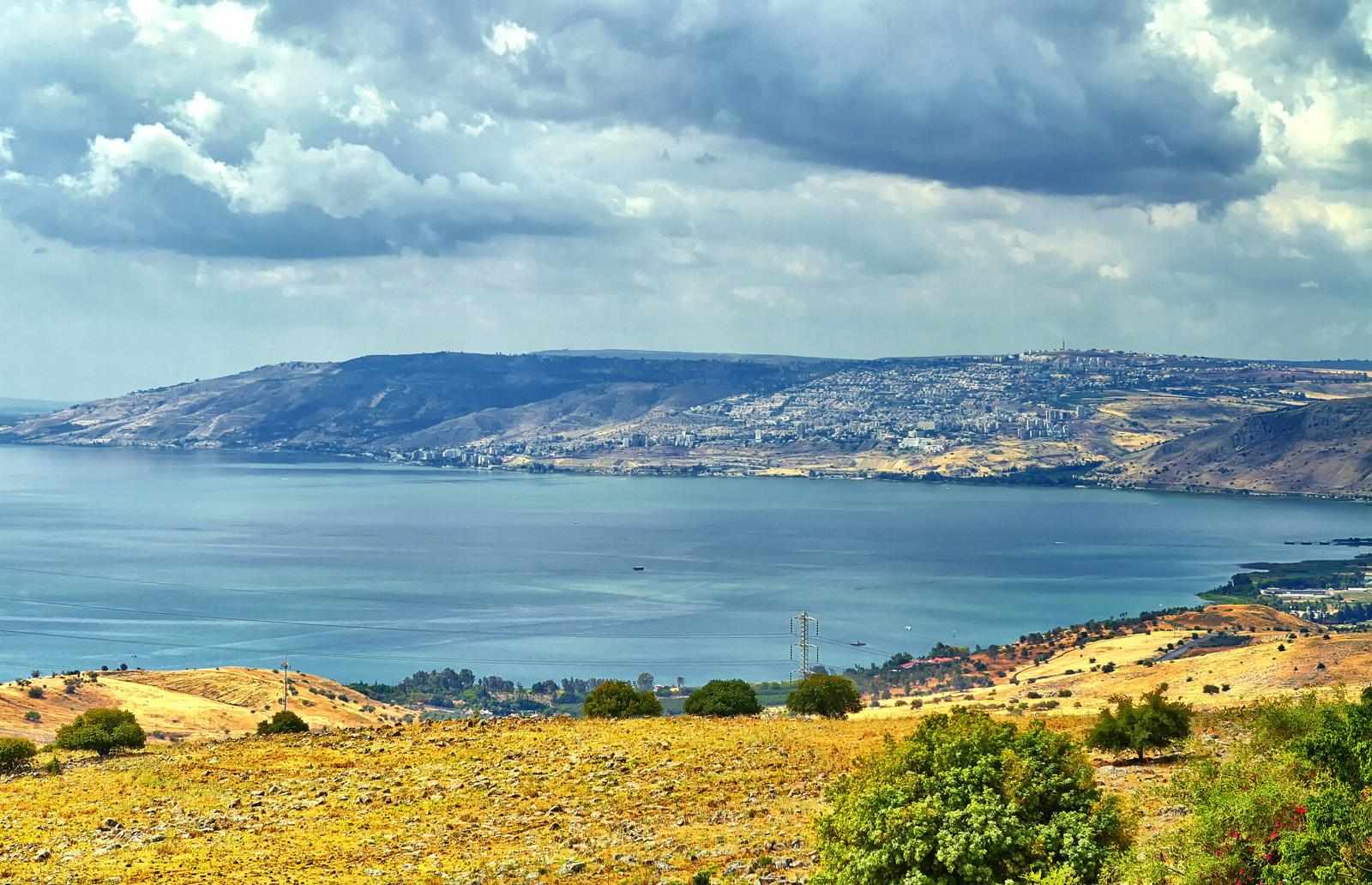
You can swim, take a boat ride, or just sit on the shore with fresh fish from a lakeside café. In the spring, wildflowers bloom on the surrounding hills, making the whole region feel even more magical.
6. Haifa & the Baha’i Gardens
Haifa sits on the slopes of Mount Carmel, looking down at the Mediterranean. Its most famous landmark is the Baha’i Gardens—a series of perfectly landscaped terraces that cascade down the hillside around a golden-domed shrine.
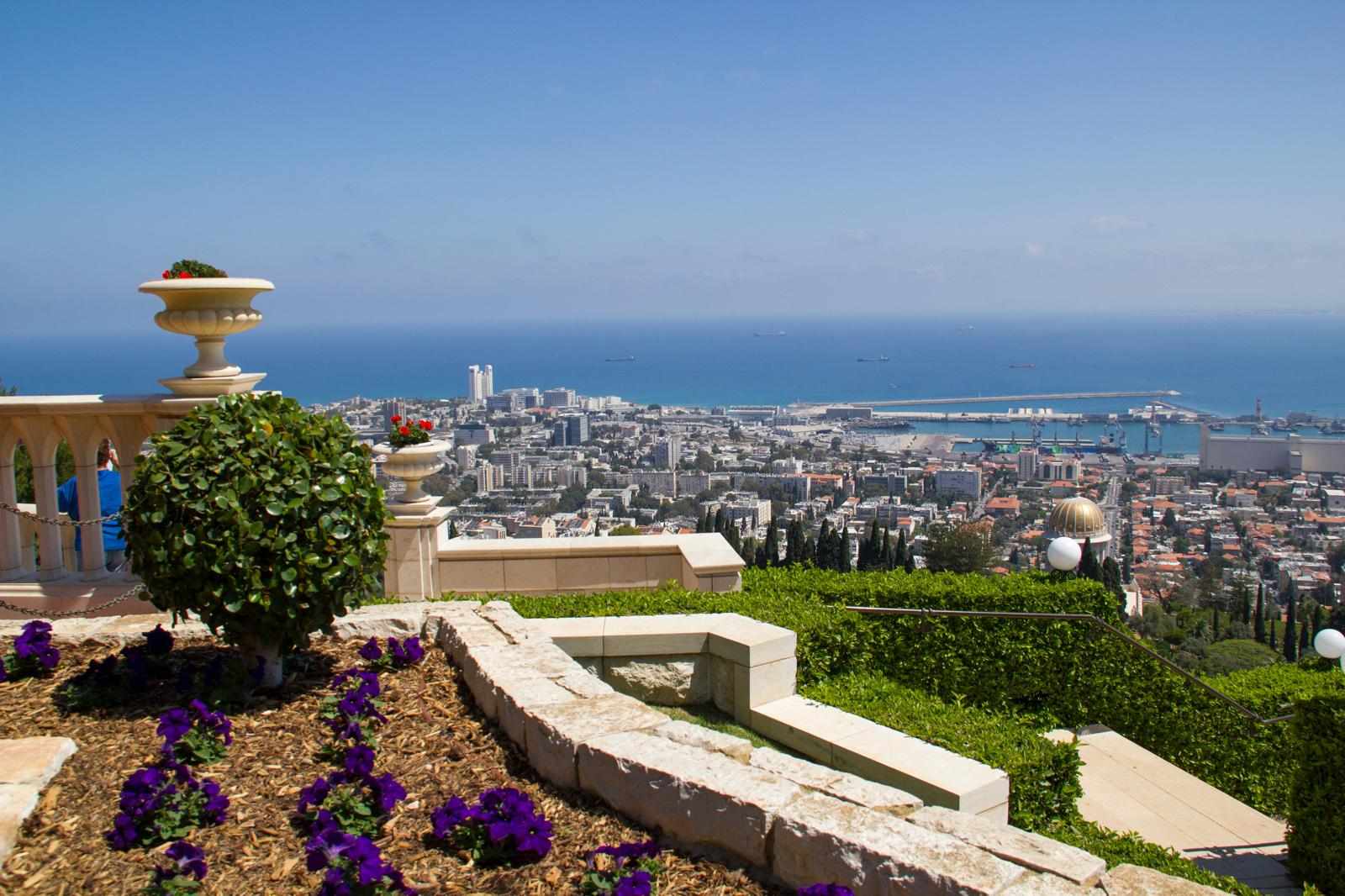
It’s one of the most photographed spots in Israel, and standing at the top, you get sweeping views over the gardens, the port, and the sea. The city itself feels laid-back, with a mix of cultures and a thriving café scene.
7. Ein Gedi Nature Reserve
If you think the desert is all dry rock, Ein Gedi will change your mind. This oasis near the Dead Sea is full of waterfalls, streams, and lush greenery tucked between desert cliffs.
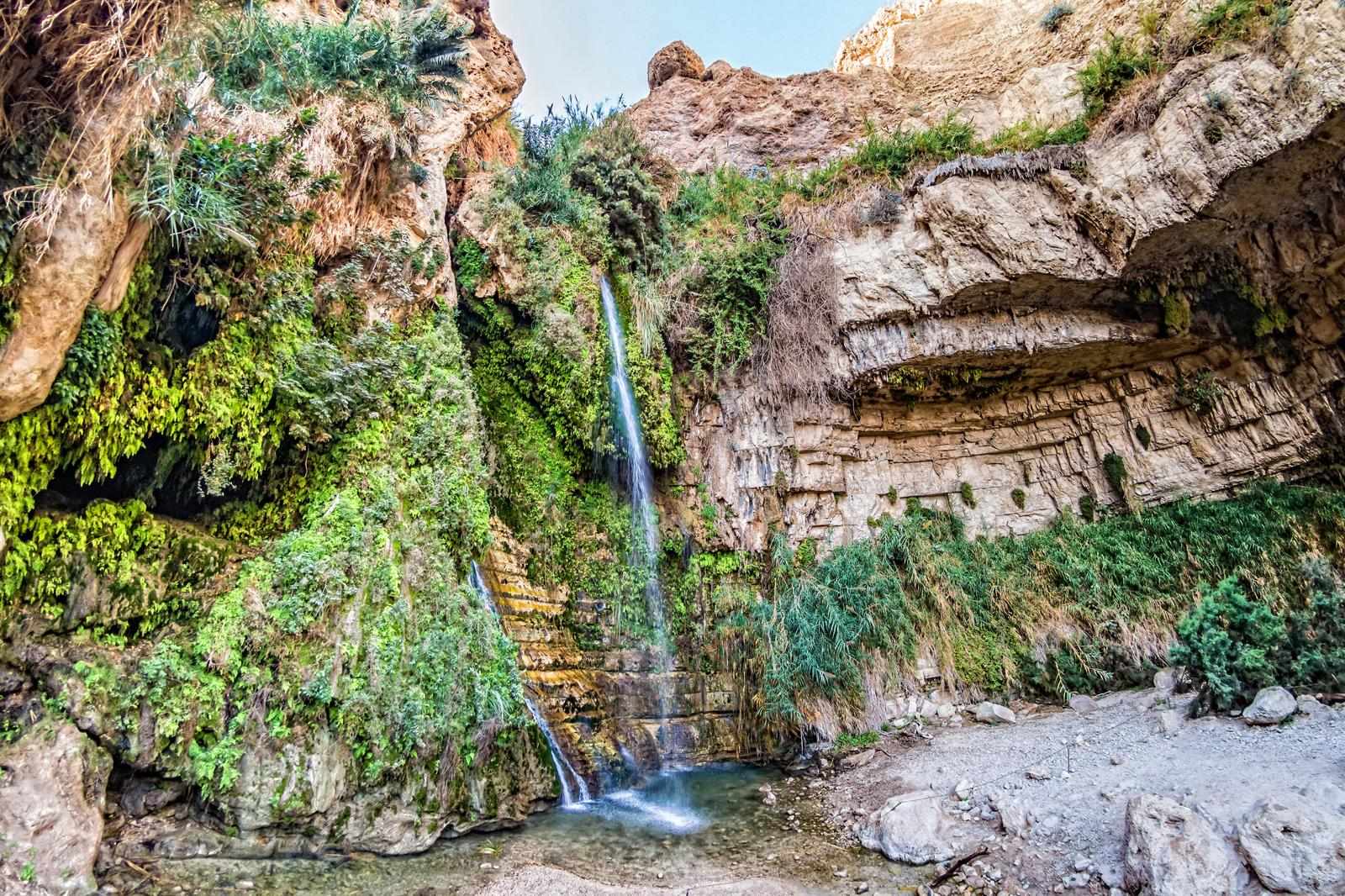
Hiking trails lead to natural pools where you can cool off, and the combination of desert views with hidden pockets of life feels almost cinematic. Families, backpackers, and serious hikers all love it here.
8. Acre (Akko)
Acre is a port city with layers of history—Crusader tunnels, Ottoman walls, bustling markets, and a harbor that still feels old-world. Walking the stone streets here is like stepping back in time, but with the bonus of fresh seafood restaurants and lively bazaars.
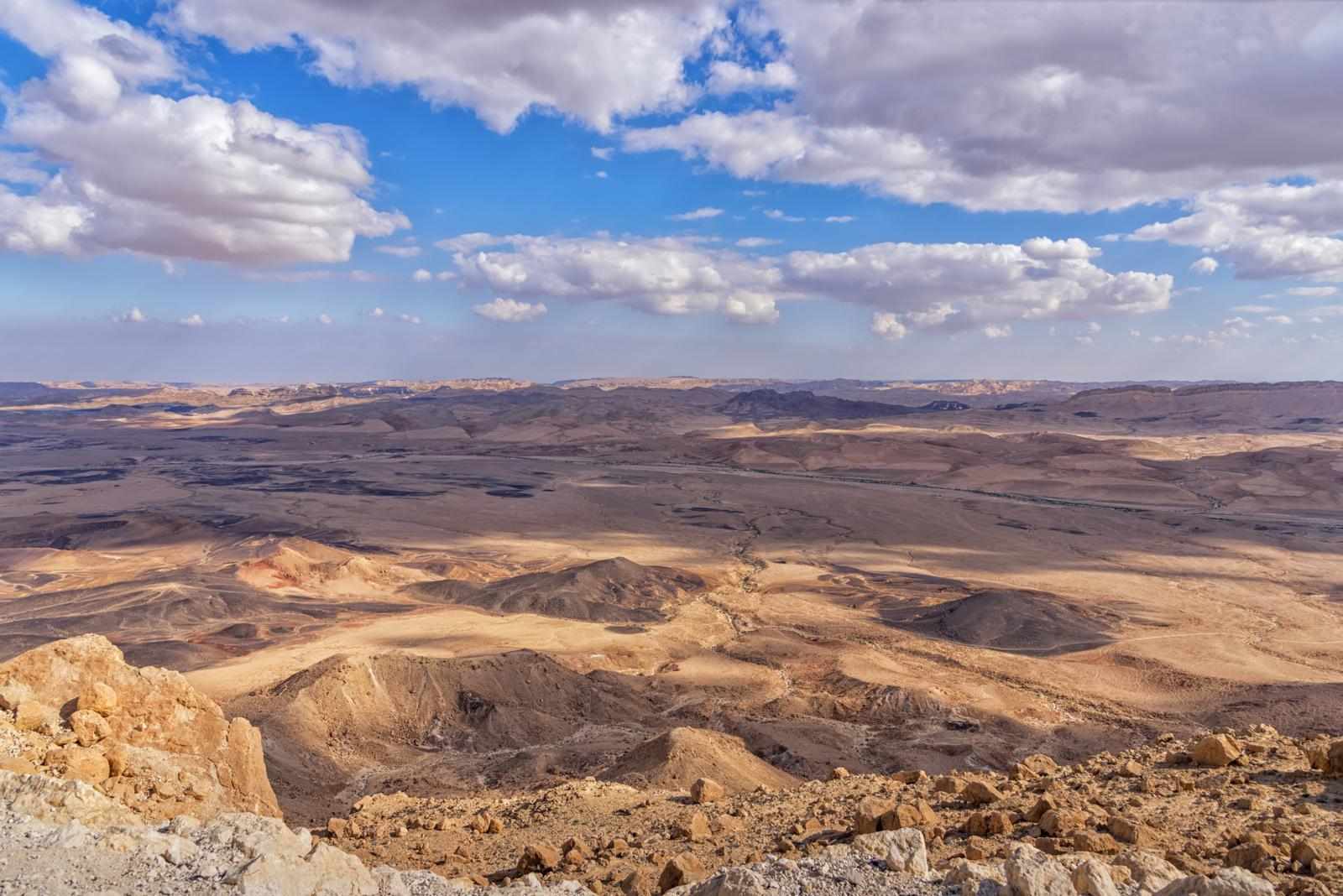
At sunset, the sea around the old city walls turns golden, making it one of the most atmospheric places in the country.
9. Negev Desert & Ramon Crater
The Negev covers half of Israel, and at its heart is Ramon Crater (Makhtesh Ramon), a massive erosion crater that looks like the Grand Canyon’s cousin. The desert may sound empty, but its colors shift throughout the day—from soft pinks in the morning to fiery reds at sunset.
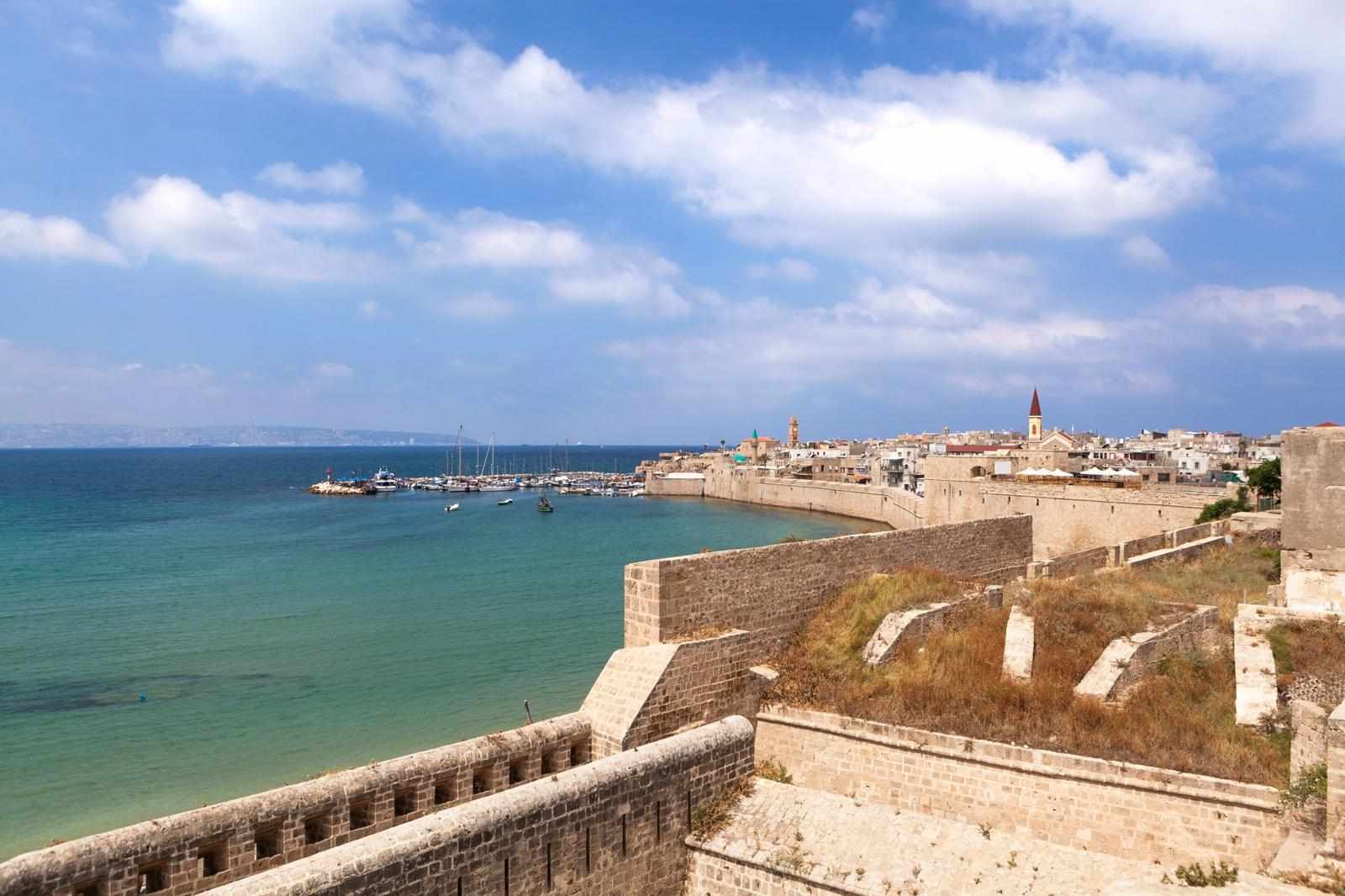
Stargazing here is incredible too, since there’s almost no light pollution. Whether you’re hiking, biking, or just camping out under the stars, the Negev has a raw beauty that surprises many first-time visitors.
10. Jaffa (Yafo)
Attached to modern Tel Aviv but older than almost anywhere else, Jaffa blends history with a bohemian vibe. Its stone alleys, art galleries, flea markets, and seaside restaurants make it perfect for wandering.
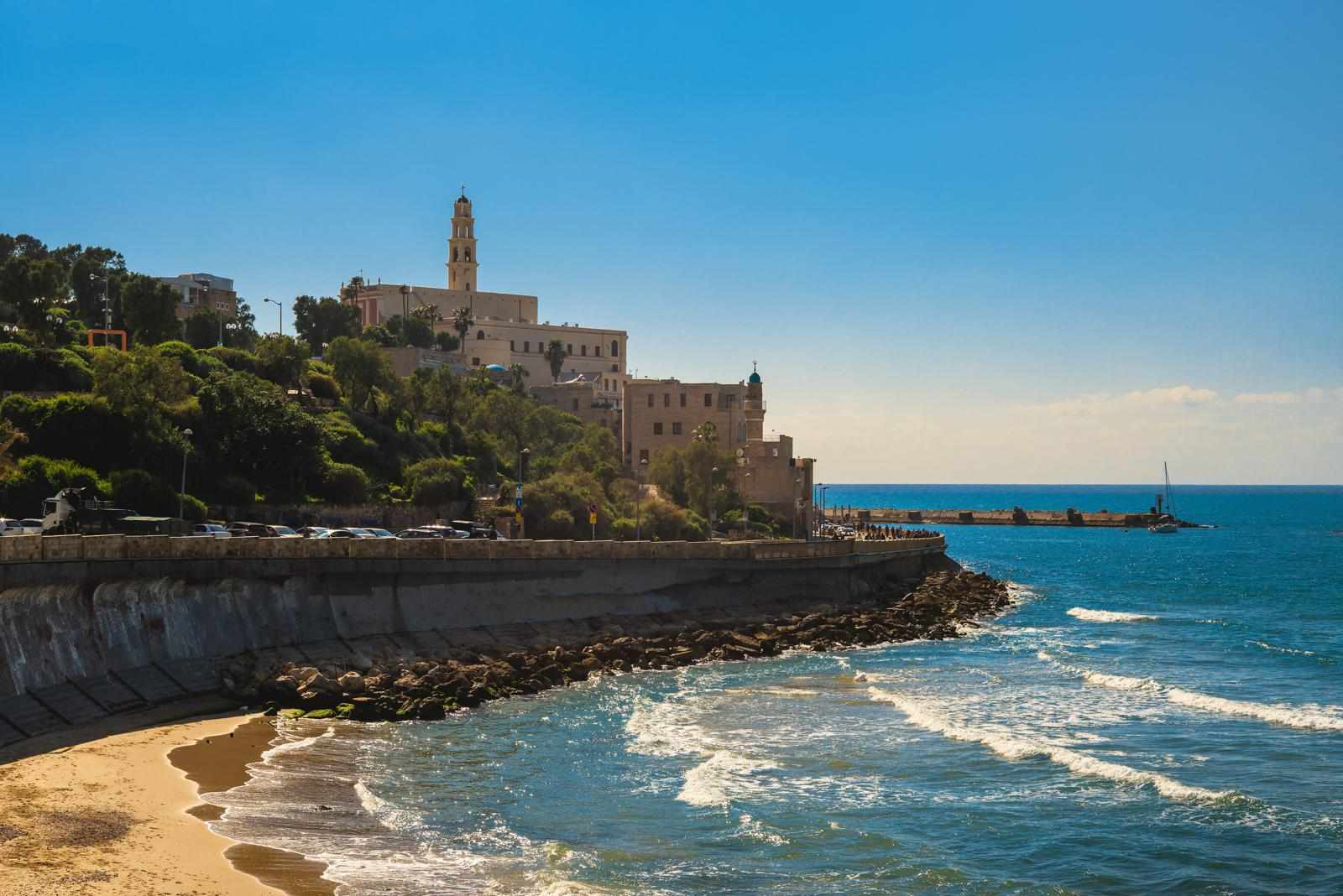
The old port has been in use for thousands of years, but today it’s a place to sip coffee, browse handmade crafts, and watch fishing boats glide in. From the hilltop park, you get one of the best views of Tel Aviv’s skyline.
A Few Travel Notes
When to visit: Spring (March–May) and fall (Sept–Nov) are ideal—pleasant weather without the peak heat.
Getting around: Trains and buses are efficient, but renting a car gives you flexibility for desert and northern sites.
Food: Don’t miss hummus in Acre, fresh fish at the Sea of Galilee, or café culture in Tel Aviv.
Final Thoughts
Israel’s beauty isn’t just in its famous landmarks—it’s in the mix. One day you’re floating in the Dead Sea, the next you’re hiking to a desert waterfall or wandering a centuries-old port. The old and the new, the desert and the sea, the spiritual and the lively—they all exist side by side here.
For travelers, that contrast is the magic. Israel is as much about quiet sunsets on the Galilee as it is about the energy of Tel Aviv’s beaches or the golden glow of Jerusalem at dusk. Wherever you go, you’ll find a different kind of beauty waiting.

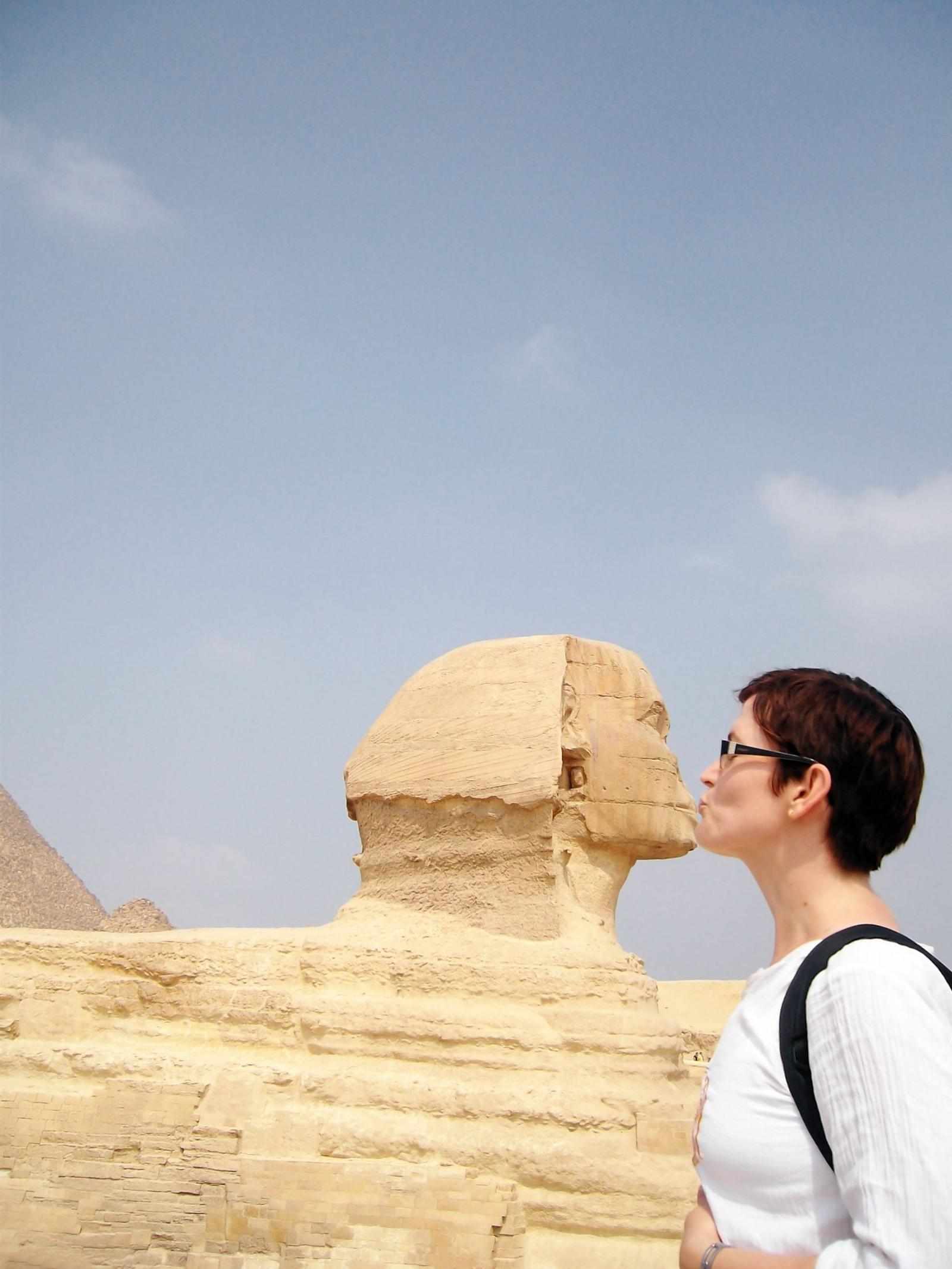
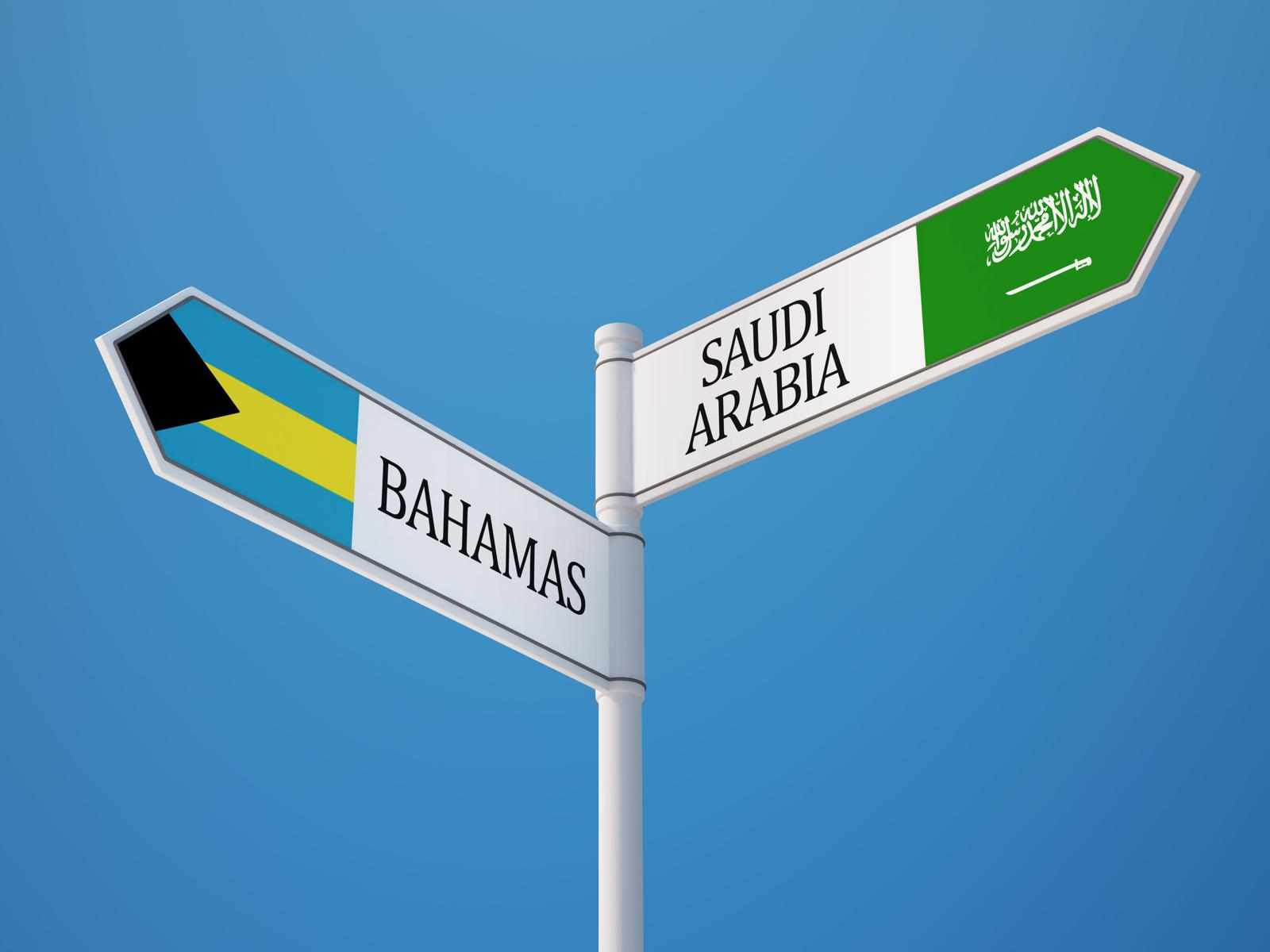
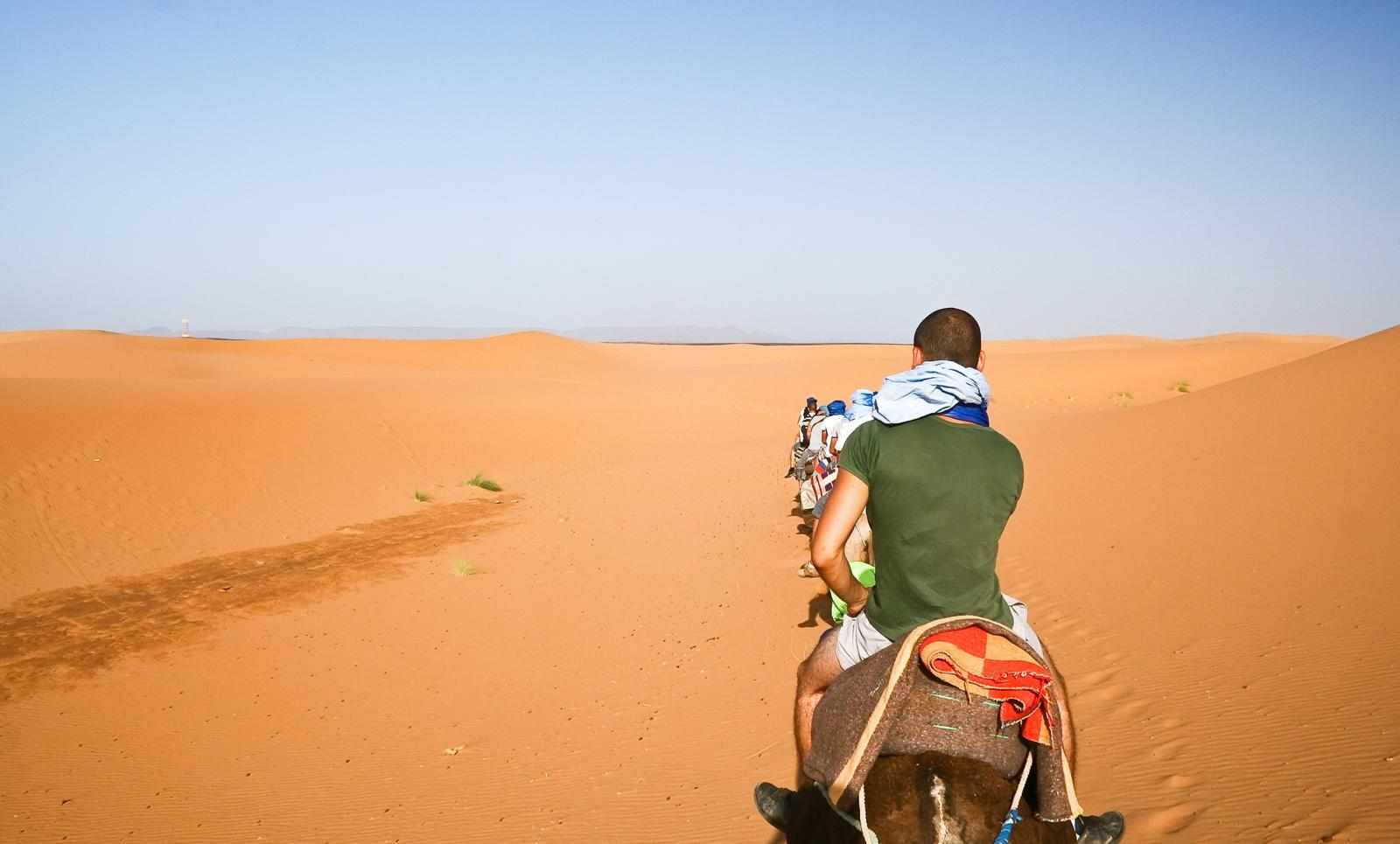

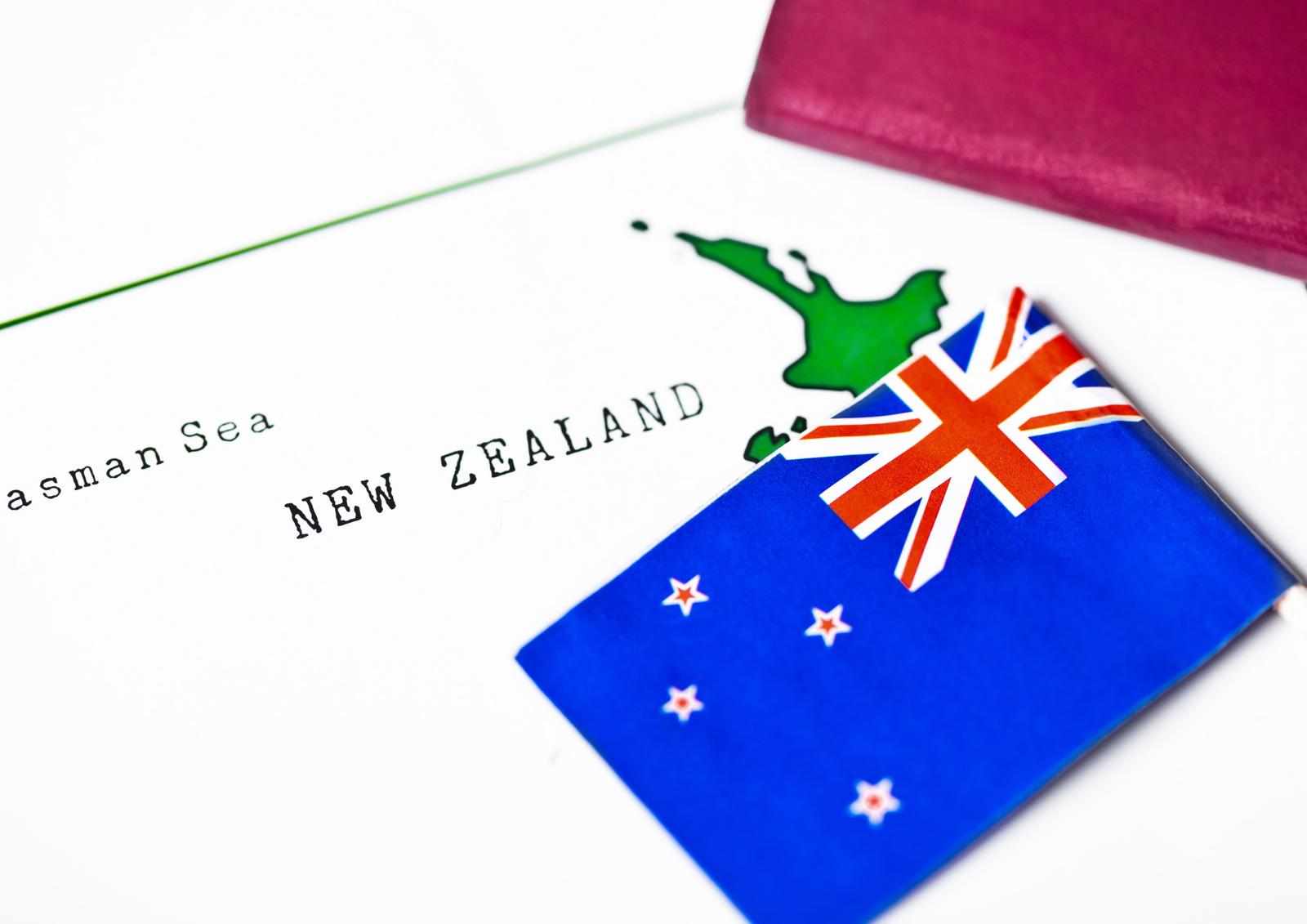
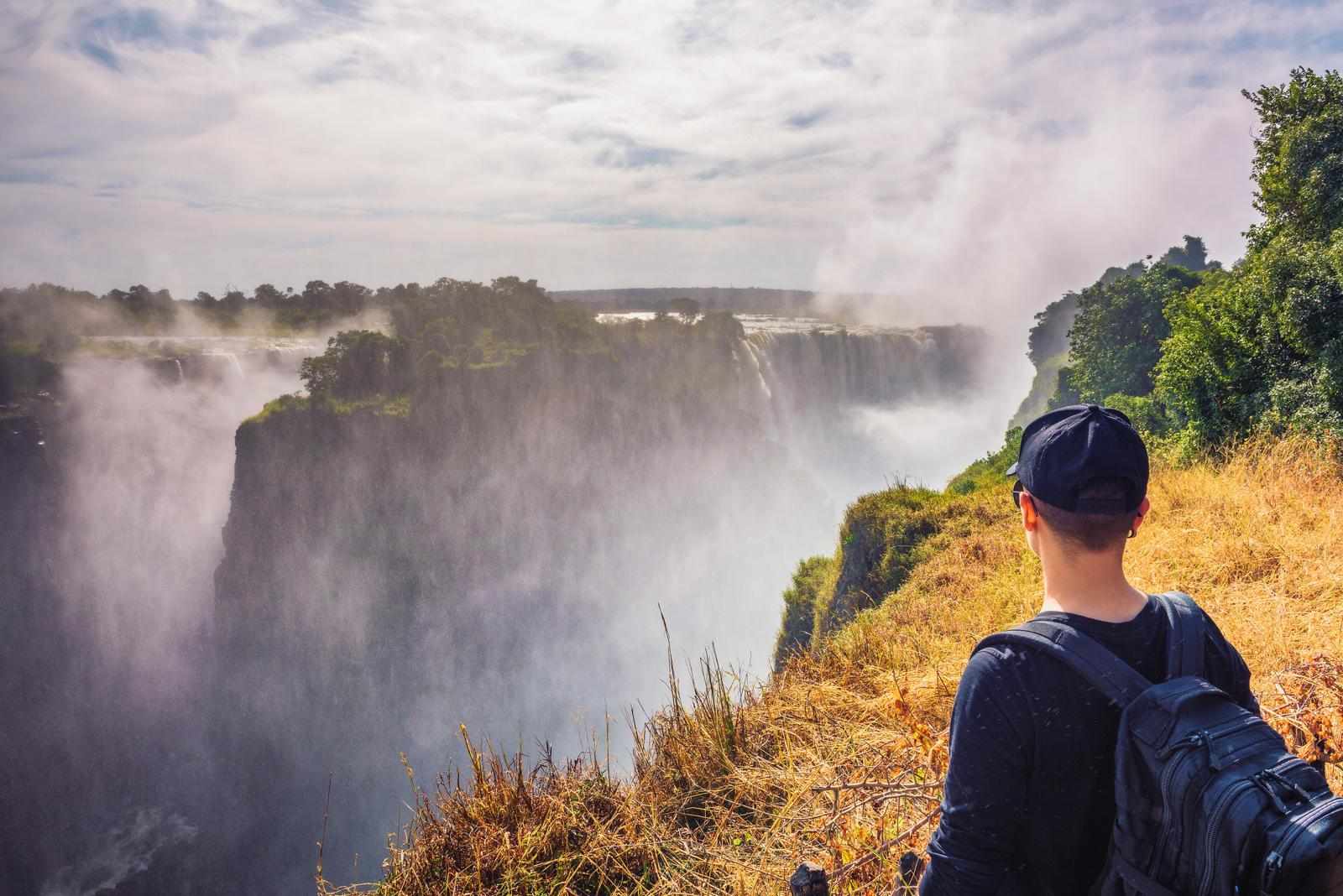
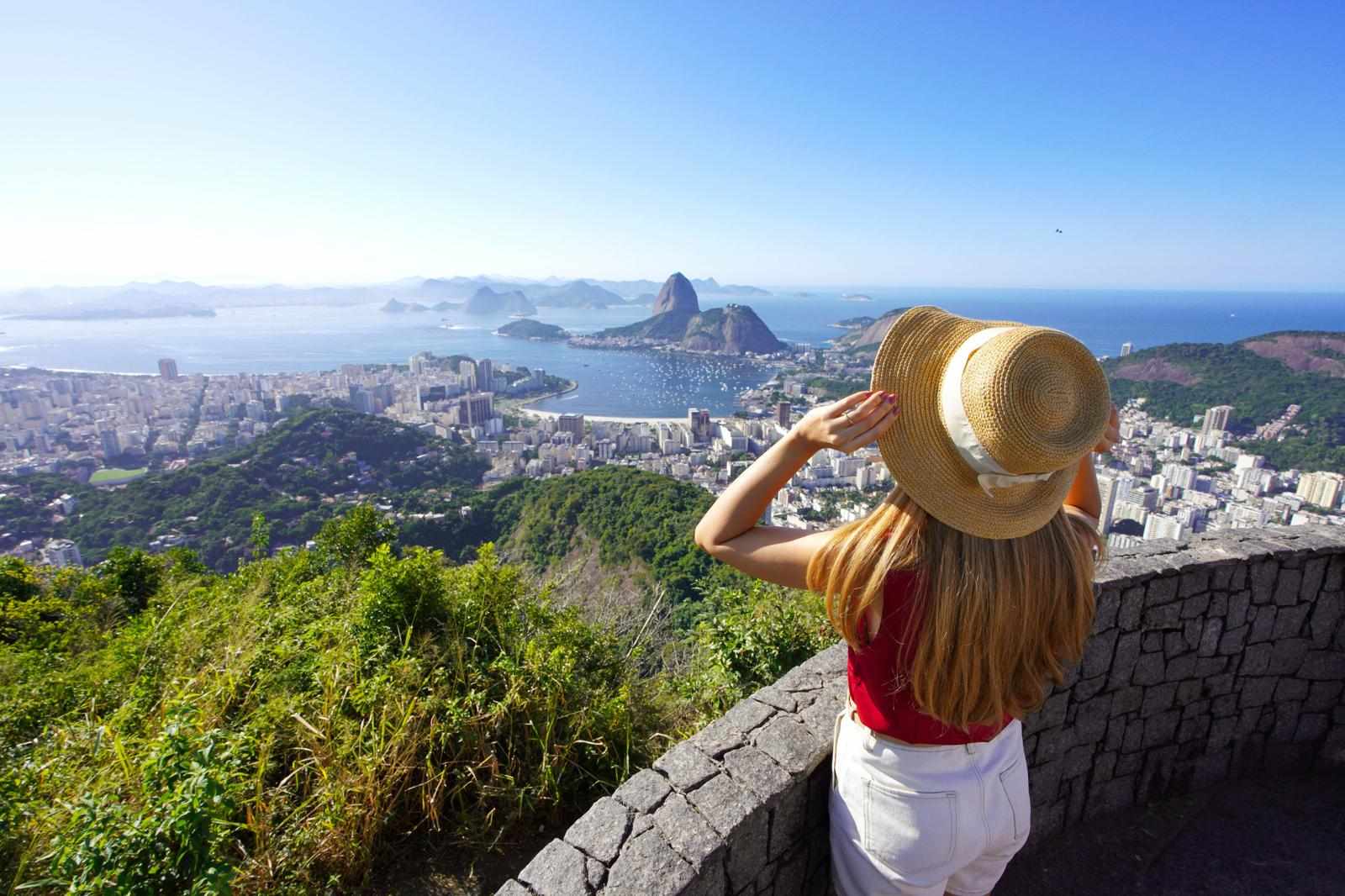



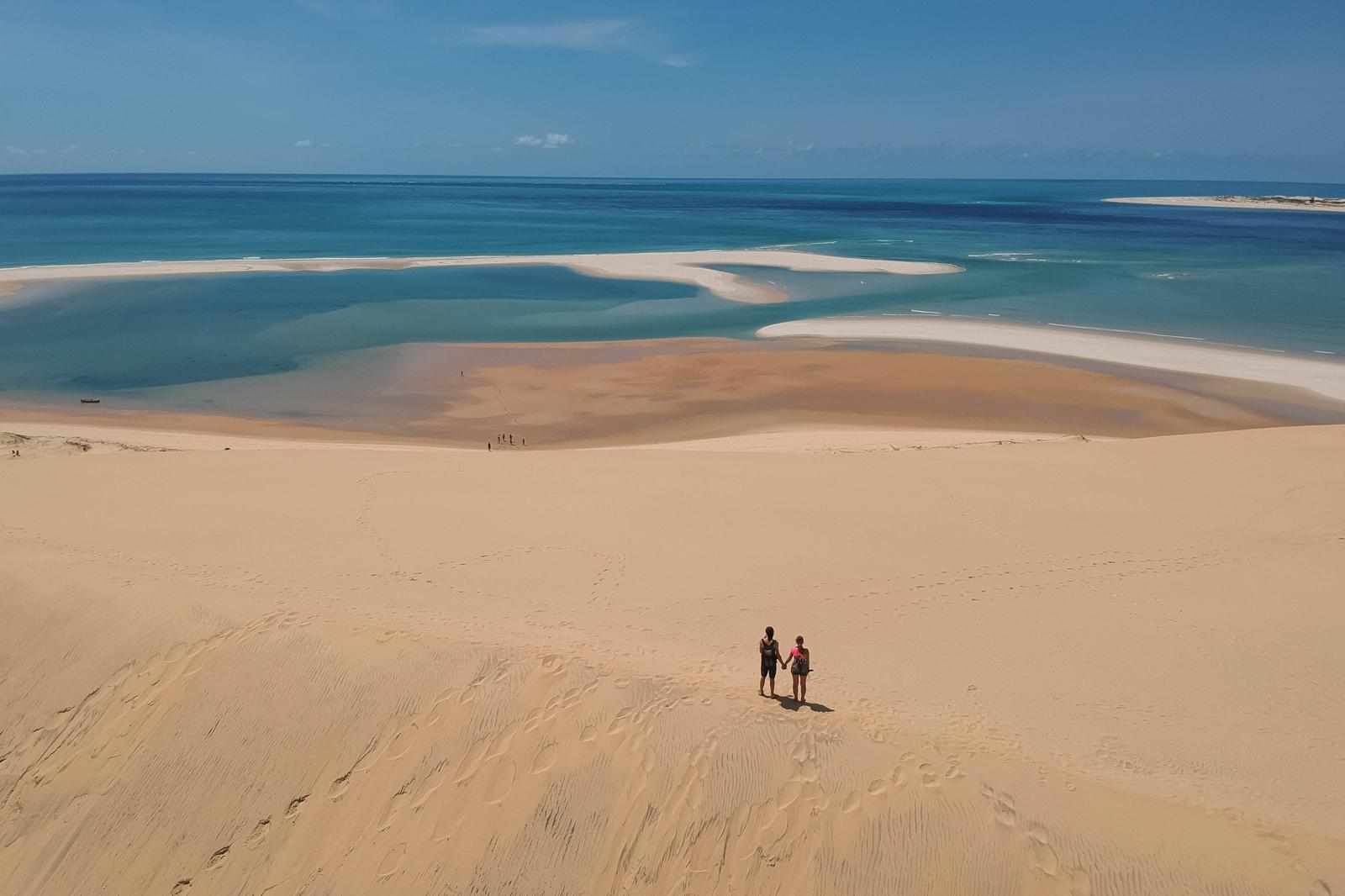
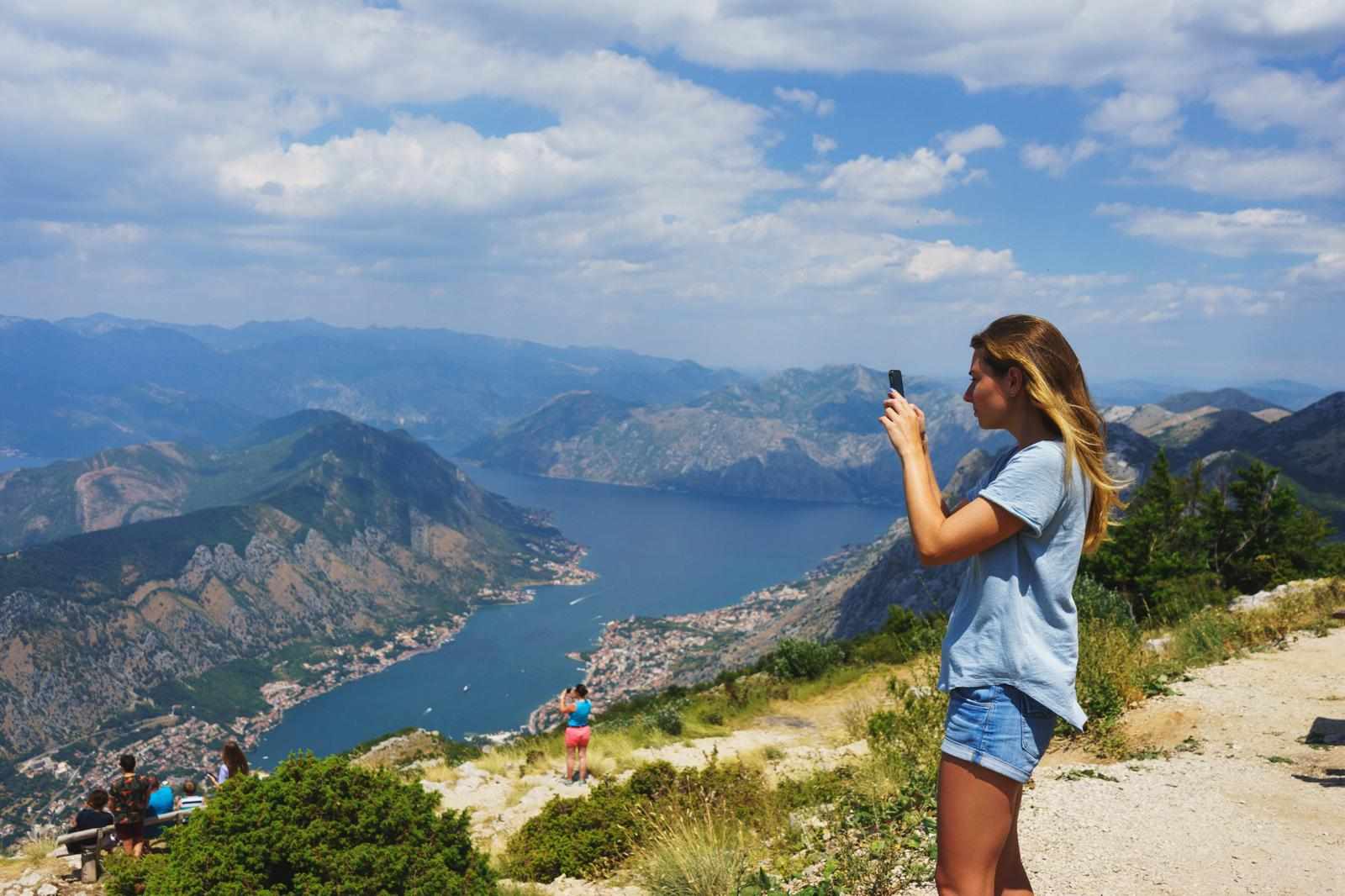
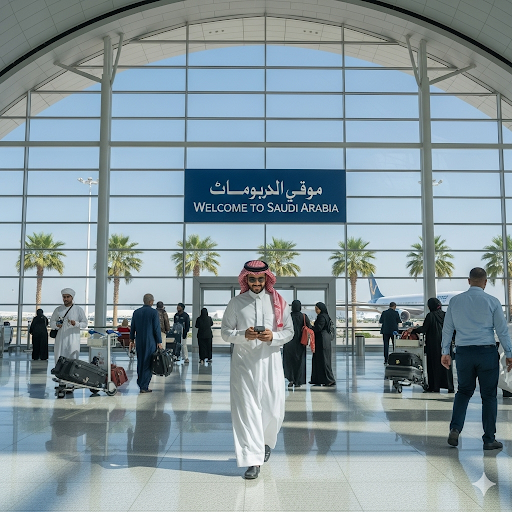
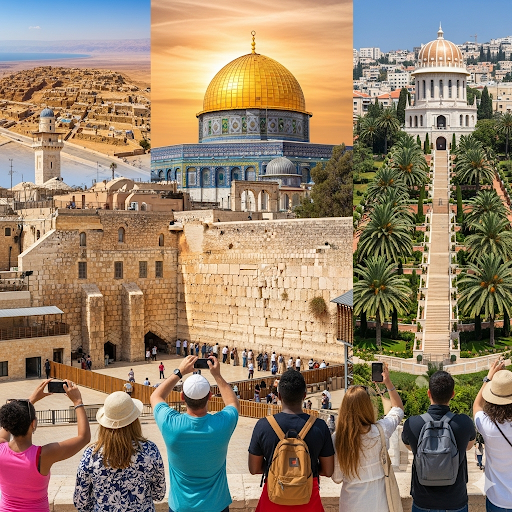



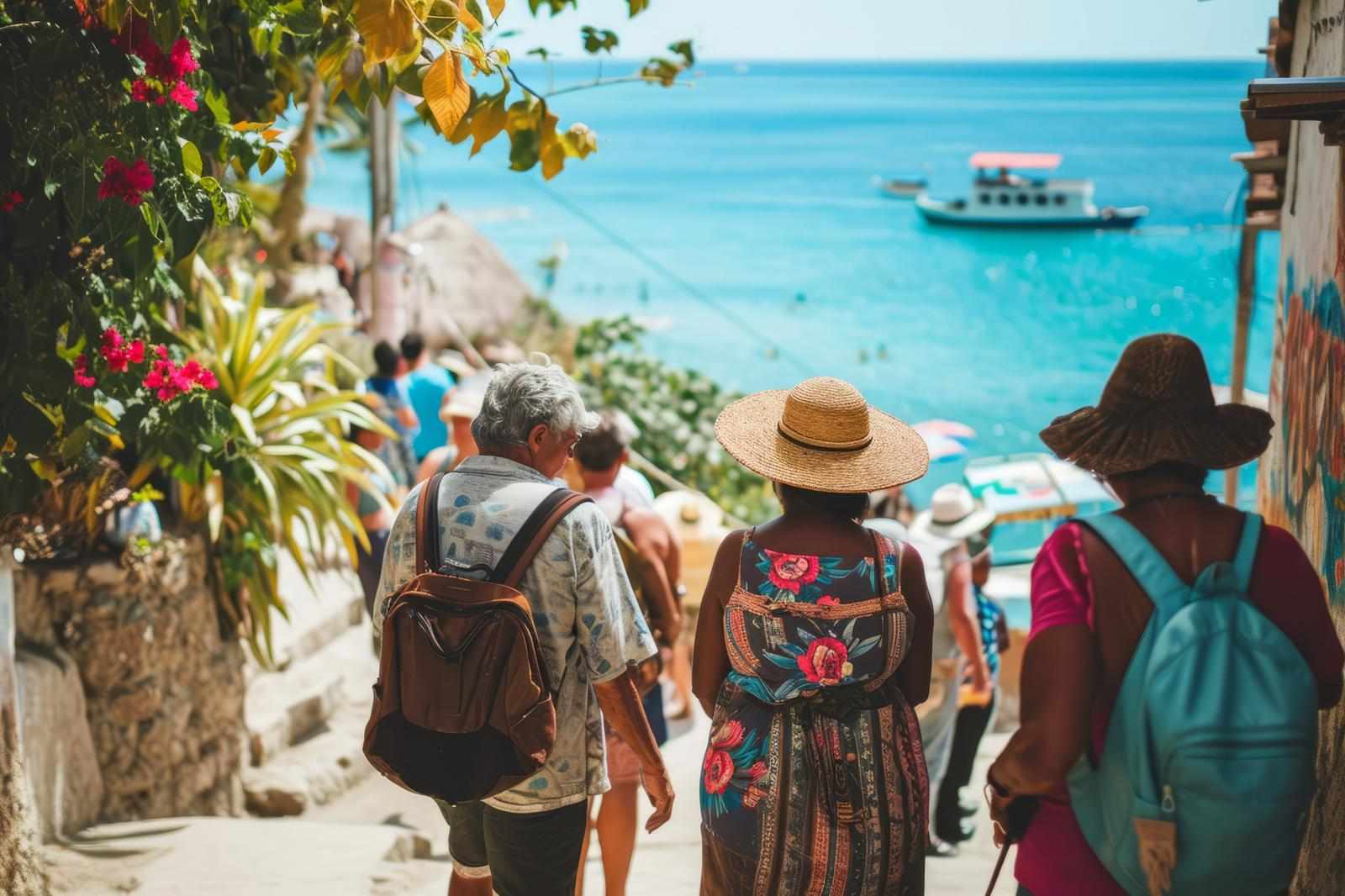

Write a comment ...